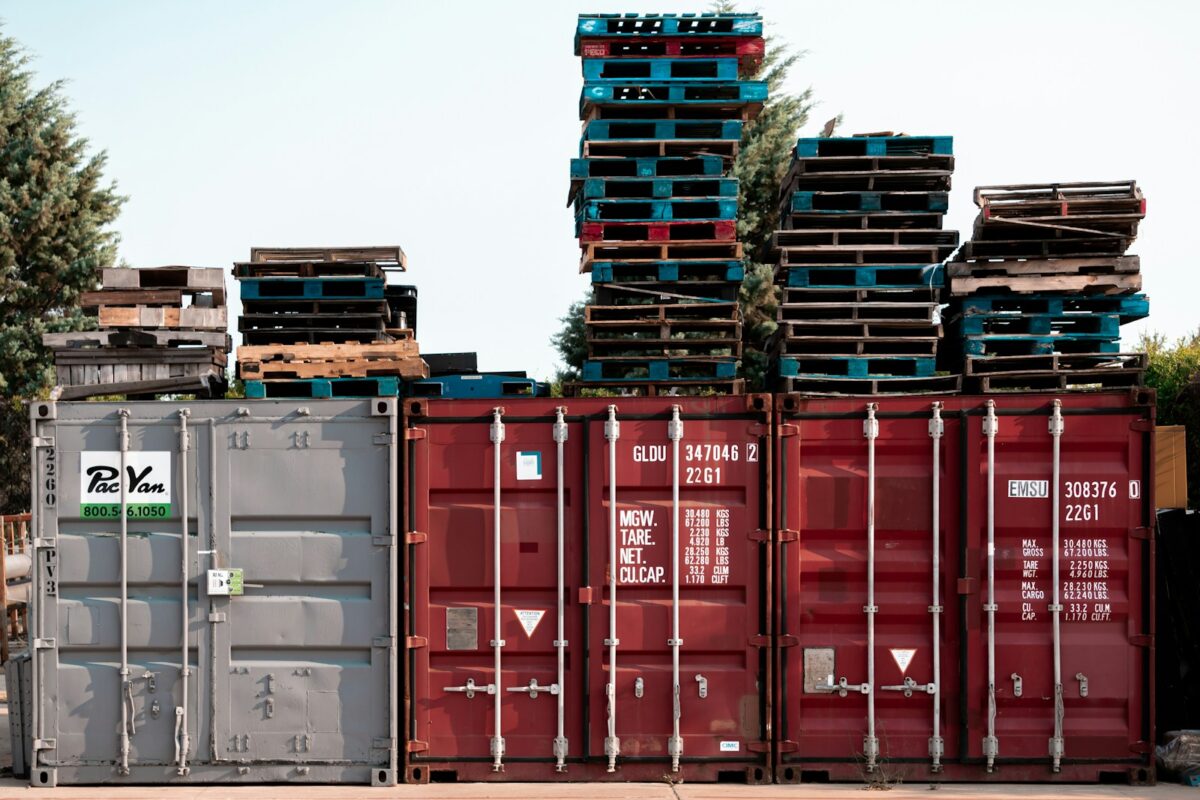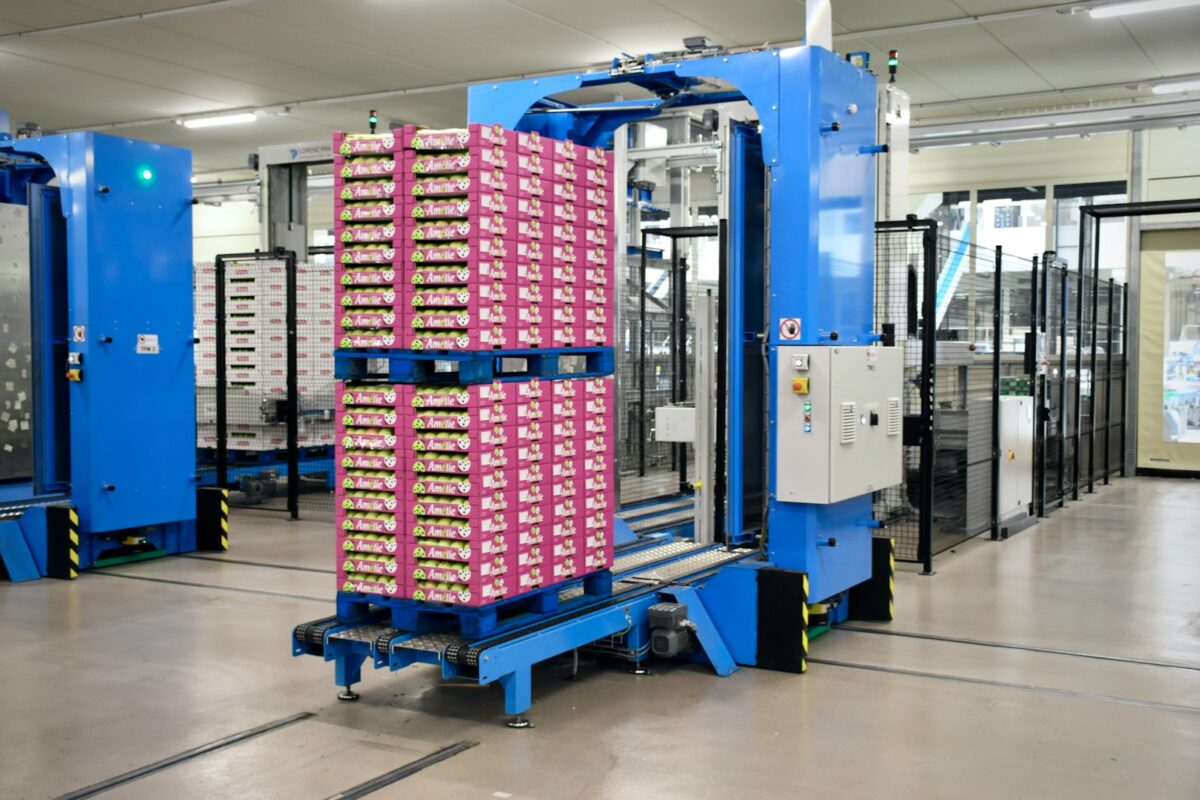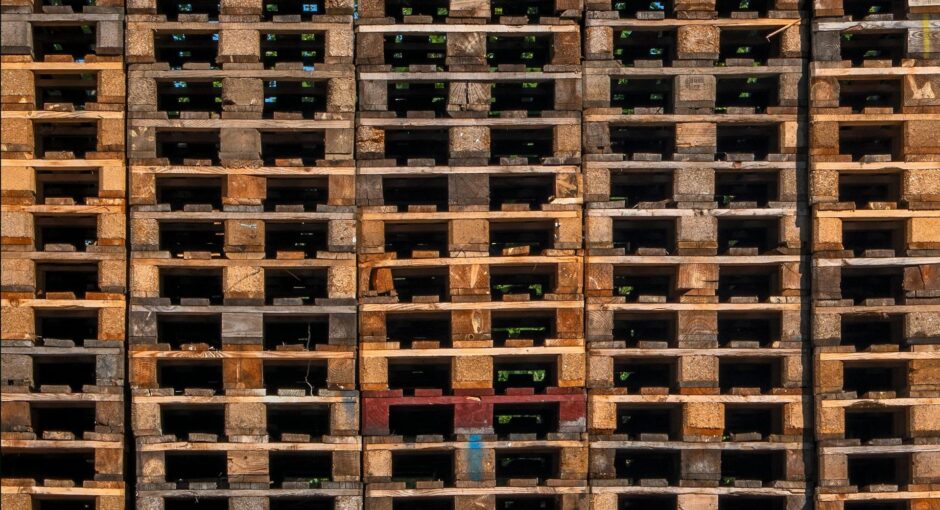In logistics, pallets are the unsung heroes. They support goods, streamline handling, and protect products during transport and storage.
However, selecting the right pallet isn’t as simple as it seems. The wrong choice can lead to inefficiencies, increased costs, and even damaged goods.
In this article, we’ll guide you through the key considerations for choosing the best pallets for your needs.
1 – Understanding Different Types of Pallets
Before diving into the selection process, it’s essential to understand the various types of pallets available. Each type has its own set of characteristics, advantages, and ideal use cases.
Wood Pallets
Wood pallets are the most commonly used type worldwide. They are known for their strength, durability, and cost-effectiveness. These pallets are versatile and can carry heavy loads, making them ideal for a wide range of industries, from manufacturing to retail.
However, wood pallets have some downsides.
They can splinter, making them less suitable for handling sensitive or fragile goods. Additionally, they may harbor pests or bacteria, which is a concern in sectors like food and pharmaceuticals. Despite these challenges, their recyclability and ease of repair make wood pallets a popular choice!
Plastic Pallets
Plastic pallets are gaining popularity, especially in industries where hygiene and cleanliness are paramount. Unlike wood, plastic doesn’t splinter or absorb moisture, making these pallets ideal for transporting and storing food, beverages, and pharmaceuticals. They are also lighter than wood, which can reduce transportation costs.
The main drawback of plastic pallets is their higher upfront cost. However, they have a longer lifespan and are resistant to most forms of damage, which can make them more cost-effective in the long run. Their uniformity in size and weight also makes them suitable for automated handling systems.

Metal Pallets
Metal pallets are the go-to choice in industries that require heavy-duty performance. Made from steel or aluminum, these pallets are incredibly durable and can handle extreme loads.
They are also resistant to chemicals, moisture, and pests, making them ideal for harsh environments.
On the downside, metal pallets are the heaviest and most expensive option. They are often used in specialized sectors such as automotive or military logistics, where their durability justifies the higher cost. Metal pallets are also less common in standard supply chains due to their weight and cost.
Cardboard Pallets
Cardboard pallets are a lightweight, cost-effective option for specific use cases. They are typically used for shipping lighter, non-perishable items or for one-way transport where the pallet is not expected to return. Cardboard pallets are fully recyclable, making them an eco-friendly choice.
However, they lack the durability of wood, plastic, or metal pallets and are not suitable for heavy loads or harsh conditions.
Their use is often limited to intra-company transport or in industries where weight is a critical factor.
2 – Factors to Consider When Selecting Pallets
Choosing the best pallets for transport and storage depends on several key factors. Here’s what you need to consider!
Nature of the Goods to Be Transported/Stored
The type of goods you’re handling is a primary consideration. Heavy, bulky items may require the strength of wood or metal pallets, while delicate or high-value goods might benefit from the cleanliness and uniformity of plastic pallets. Consider the weight, size, and fragility of your products when selecting a pallet type.
For example, a company transporting heavy machinery parts would likely choose metal pallets for their superior strength, whereas a food manufacturer would opt for plastic pallets to maintain hygiene standards.
Storage and Transport Conditions
The environment in which the pallets will be used also plays a significant role in the selection process. If your goods are stored in a humid or cold environment, you’ll need pallets that resist moisture—plastic or metal would be ideal. For dry, controlled environments, wood pallets might suffice.
If your goods require refrigerated transport, plastic pallets are often preferred because they do not absorb moisture and are easier to clean. Similarly, metal pallets are ideal for outdoor storage where exposure to elements could degrade other materials.
Compatibility with Handling Equipment
Not all pallets are compatible with all handling equipment. Ensure that the pallets you choose work with your existing forklifts, pallet jacks, and automated systems. Some plastic pallets, for instance, are designed with specific dimensions to fit seamlessly into automated warehouses.
For companies with automated storage and retrieval systems (AS/RS), the uniformity and precision of plastic pallets might be essential to ensure smooth operations. In contrast, industries using traditional forklifts might prioritize the durability and repairability of wood pallets.

Regulations and Standards
Depending on your industry, there may be specific regulations regarding the types of pallets you can use. For example, the food industry has strict hygiene requirements, such as ISPM15, that make plastic or metal pallets preferable.
Additionally, international shipments often require heat-treated or fumigated wood pallets to prevent the spread of pests.
It’s crucial to stay informed about the regulations that apply to your industry and region. Failing to comply can result in fines, shipment delays, or even rejection of goods at borders.
Cost and Durability
Finally, consider the cost and expected lifespan of the pallets. While plastic and metal pallets have higher initial costs, their longevity can make them more economical over time. Wood pallets, though cheaper, may need more frequent replacement, which can add to the long-term costs.
Companies should perform a cost-benefit analysis to determine the most economical choice over the lifecycle of the pallets. For example, if your business frequently reuses pallets, investing in durable plastic pallets may lead to lower costs over time compared to constantly replacing wood pallets.
3 – Reusable vs. Single-Use Pallets: Pros and Cons
Another critical decision is whether to use reusable or single-use pallets. Both options have their advantages and drawbacks.
Reusable Pallets
Reusable pallets, often made from plastic or metal, are designed for multiple trips and extended use. They are more durable, environmentally friendly, and can lead to long-term cost savings. These pallets are ideal for closed-loop supply chains where they can be returned and reused regularly.
For instance, Coca-Cola uses a large number of reusable plastic pallets in its distribution network. This system not only reduces waste but also cuts down on costs associated with purchasing new pallets frequently. However, reusable pallets require tracking and management, which can add complexity to logistics operations.
Single-Use Pallets
Single-use pallets, typically made from wood or cardboard, are designed for one-way trips. They are often cheaper upfront and ideal for scenarios where pallets will not be returned, such as international shipments or exports.
A common use case for single-use pallets is in the export of goods. For example, a company shipping electronics to distant markets might choose single-use wood pallets to minimize costs. However, these pallets are less durable and generate more waste, which can be a downside from both a financial and environmental perspective.
Conclusion
Choosing the right pallet for your transport and storage needs is crucial for optimizing your supply chain. Whether you prioritize cost, durability, or compliance with industry standards, understanding the different types of pallets and the factors that influence your choice will help you make informed decisions.
By considering the nature of your goods, storage conditions, handling equipment compatibility, regulations, and long-term costs, you can select the pallets that best meet your needs. Ultimately, the right pallet choice can enhance efficiency, reduce costs, and contribute to a smoother, more reliable logistics operation.




